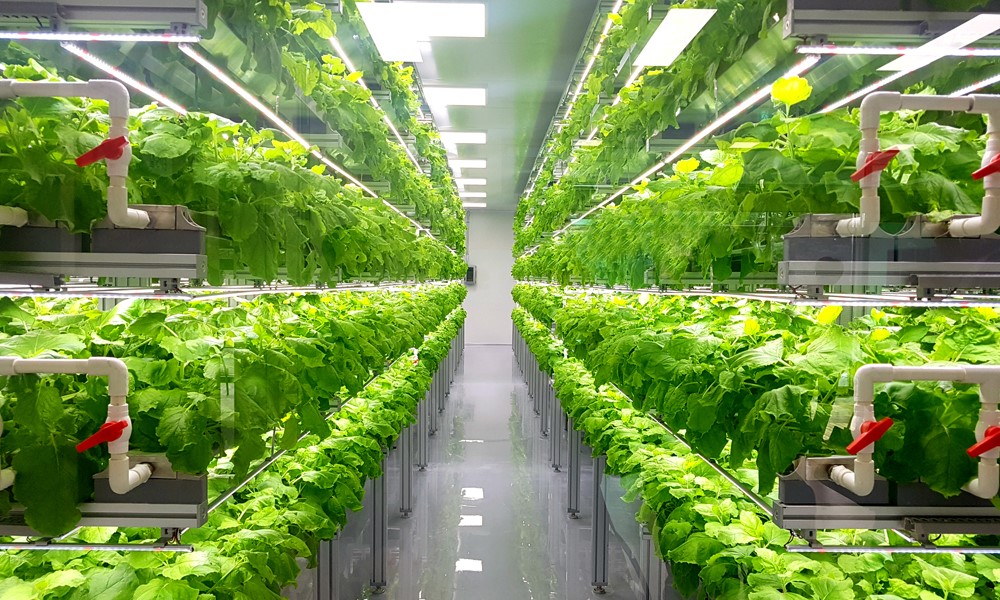Indoor farming companies: Can they be successful?

Back in 2020, Brian Kateman wrote a piece for Forbes titled ‘Is the Future of Farming Indoors?’. The article explores the possibility that indoor farming companies will be the answer to increasing global food demand and preventing supply chain disruptions.
As climate change and population growth strain our food production system, the prospect of widespread indoor farming is tantalizing. But the thorny question remains: Can such companies really be successful?
The pros and cons of indoor farming
The benefits of indoor farming are certainly numerous. These enterprises:
- Can be located anywhere, including major cities
- Can operate year-round thanks to climate control
- Often have better yields and increased production per square foot
- Use less water overall, reducing strain on overtaxed aquifers
Perhaps even more important than the physical benefits is the current excitement surrounding the industry. Investors have been flocking to these operations, particularly the high-tech setups. Take Bowery Farming in New York City, a vertical farming startup that has raised an eye-popping $472 million in venture capital. Clearly, investors are feeling confident about indoor farming’s potential.
Still, the facts are undeniable: Most indoor farming companies aren’t profitable. A few of the challenges they face include:
- Power Consumption – The energy required to maintain a perfect interior climate can be very high. These energy demands can cut deep in an industry that likes to frame itself as more sustainable and/or environmentally friendly.
- Labor vs. Automation Costs – In establishing an indoor farming company, operators are faced with the dilemma of covering extremely high upfront costs for automation, or the long-term costs of the significant manual labor required.
- Meeting Demand – The most buzzed-about indoor farming companies right now tend to focus on producing greens and herbs – highly profitable commodities. However, the demand for these products is finite. More diverse crop production is necessary for long-term success.
- Supply Chain Disruption – Hyper-local production doesn’t fit well with the current industrial food supply system. Urban indoor farming companies will need to work with grocery suppliers to reinvent major portions of the supply chain.
Indoor farming success requires careful planning
Whether a new start-up seeks conventional loans or venture capital, success will have far more to do with careful planning than a headline-grabbing round of fundraising. Each indoor farming strategy (vertical, hydroponic, automated, greenhouse, etc.) comes with different costs and benefits. And as with any agricultural operation, the commodities chosen will dictate the initial resources required and the timeline for turning a profit.
In short, do your research. Even more research than you would do for a conventional farming operation. You need to know the precise nutrient and environmental requirements of your chosen commodity in order to know if your yield is likely to turn a profit. Consult with experts and consider all available technologies before settling on a course of action. Learn from the results of lab tests and studies, and understand the pitfalls that have tripped up others in the past. With a little luck, at the end of all this planning, you’ll find yourself in an excellent position for indoor farming success.
